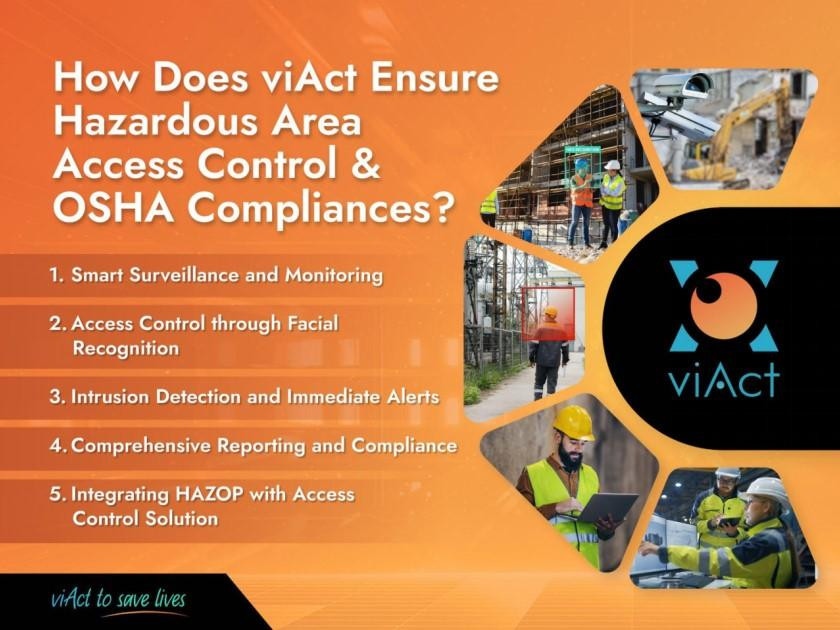In industries where working at height is a necessity, such as construction, manufacturing, and maintenance, preventing falls remains a critical priority. According to the Occupational Safety and Health Administration (OSHA), falls are one of the leading causes of fatalities and injuries in the workplace. To address this challenge effectively, many organizations are turning to advanced technologies like Cloud-Based Fall Prevention Systems.
Understanding Cloud-Based Fall Prevention Systems
Imagine your organization equipped with state-of-the-art technology that not only ensures compliance but also empowers your team to prevent accidents before they happen. Embrace the future of workplace safety with Cloud-Based Fall Prevention Systems and pave the way for a safer, more productive environment.
Cloud-Based Fall Prevention Systems utilize sophisticated sensors, AI-powered analytics, and cloud computing to monitor work-at-height activities in real time. These systems are designed to detect potential hazards, provide immediate alerts, and facilitate proactive safety measures before accidents occur.
Advantages of Cloud-Based Fall Prevention Systems
1. Real-Time Data Accessibility
One of the primary advantages of Cloud-Based Fall Prevention Systems is their capability to offer instant access to critical data from any location. Safety managers and supervisors can monitor ongoing activities remotely, receive real-time alerts on potential risks, and take prompt actions to mitigate hazards, thereby significantly enhancing response times.
2. Scalability and Flexibility
These systems are scalable and adaptable to various work environments, from single construction sites to large-scale industrial facilities spanning multiple locations. They can accommodate different types of monitoring points and operational needs, making them versatile solutions for enhancing safety across diverse industries.
3. Enhanced Collaboration and Communication
Cloud platforms facilitate seamless communication and collaboration between on-site teams, safety personnel, and management. By centralizing data and incident reporting in the cloud, these systems promote a unified approach to safety management. Real-time updates and alerts ensure that all stakeholders are informed promptly, enabling coordinated responses to potential hazards.
4. Remote Monitoring Capabilities
Cloud-based fall Prevention Systems enable continuous remote monitoring of work-at-height activities. This capability reduces the reliance on physical presence at every monitoring point, allowing safety managers to oversee operations efficiently and intervene proactively when necessary.
5. Data Analytics and Predictive Insights
Utilizing advanced analytics, these systems analyze historical data to identify patterns, trends, and potential risks. By leveraging machine learning algorithms, Cloud-Based Fall from Height Safety systems can predict and prevent accidents by recognizing deviations from normal safety protocols or identifying hazardous behaviors before incidents occur.
Case Studies and Examples
Numerous organizations across various industries have successfully implemented Cloud-Based Fall Prevention Systems with demonstrable improvements in safety outcomes. Case studies highlight reduced incident rates, enhanced compliance with safety regulations, and improved employee morale due to proactive safety measures.
Challenges and Considerations
Implementing Cloud-Based Fall Prevention Systems may present challenges such as initial setup costs, integration with existing infrastructure, and data security concerns. However, these challenges can be mitigated through thorough planning, robust cybersecurity measures, and comprehensive training programs for personnel.
Future Trends and Innovations
Looking ahead, the evolution of Cloud-Based Fall Prevention Systems is poised to incorporate even more advanced technologies. Innovations in AI, IoT (Internet of Things), and predictive analytics are expected to further refine safety protocols, enhance real-time monitoring capabilities, and improve the overall effectiveness of fall prevention strategies.
Conclusion
In conclusion, Cloud-Based Fall Prevention Systems represent a significant advancement in workplace safety practices. By leveraging cloud technology, AI, and real-time data analytics, organizations can proactively mitigate fall risks, protect employees, and enhance operational efficiency. These systems not only meet regulatory requirements but also foster a culture of safety and continuous improvement within the workplace.
By embracing Cloud-Based Fall Prevention Systems, organizations demonstrate a commitment to prioritizing safety and fostering a workplace culture where every employee can perform their duties confidently and securely. Together, let's build a safer future—one comprehensive fall prevention system at a time.
Visit Our Social Media Links:-
Facebook - viactai
Twitter - aiviact
Instagram - viactai
Youtube - @viactai
Linkedin - viactai
Benefits of an AI enabled Digital EHS Management System in Manufacturing
Guide to Choose Video Surveillance System for Construction Sites

No comments:
Post a Comment